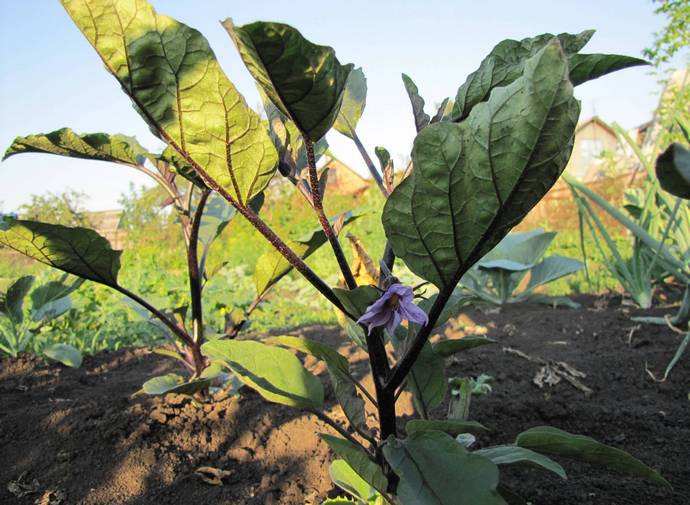 Pustacea on eggplant is quite common, despite the fact that the vegetable is self-pollinated. It is very disappointing when so much time and money has been spent on plants, but they do not live up to expectations.
Pustacea on eggplant is quite common, despite the fact that the vegetable is self-pollinated. It is very disappointing when so much time and money has been spent on plants, but they do not live up to expectations.
First of all, you need to deal with the reasons that provoked the barren flower. And then proceed to solve the problem.
Reasons for the emergence of a hollow
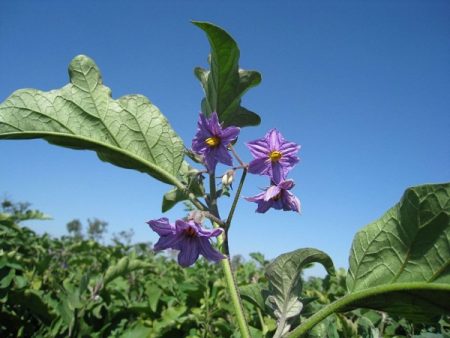 There are plenty of reasons for the emergence of a barren flower. Eggplant is an unpretentious plant, but changes in weather conditions and inadequate care affect its development and fruiting.
There are plenty of reasons for the emergence of a barren flower. Eggplant is an unpretentious plant, but changes in weather conditions and inadequate care affect its development and fruiting.
The ovary falls or does not appear for the following reasons:
- The air temperature in open or closed ground warmed higher than + 28 ° C. The fact is that the high temperature makes the pollen of nightshade plants sterile. From the stamens, it falls into the pestle, but fertilization does not occur. Eggplant blooms as usual, no external changes occur with it, but the fruits do not appear in the end.
- Untimely or excessive feeding. An excess of nitrogen or a lack of potassium, calcium, phosphorus and boron leads to the void.
- Sudden changes in weather conditions. The reason for this is the prolonged rains, which lower the air temperature and excessively saturate the air and soil. If at night the temperature does not warm up to + 18 ° C., Then fruit setting does not occur, the plant accumulates all its energy to survive in unstable conditions.
- Inadequate watering. Eggplant, like all nightshade, is thermophilic and hygrophilous. Moisture deficiency leads to the fact that the ovary does not form, since the plant does not have enough strength to form flowers and further develop them.
- Increased soil acidity. Vegetable culture will not develop normally, and even more so bear fruit in conditions of acidified and heavy soil.
- Lack of sunlight leads to falling of flower buds that have set in motion.
- Poor self-pollination.
What to do?
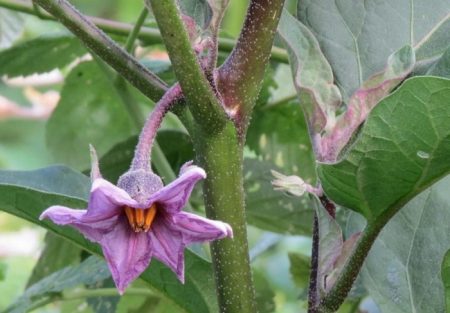 Depending on the cause that led to the lack of ovary, use the following recommendations for normalizing the fruiting of eggplant:
Depending on the cause that led to the lack of ovary, use the following recommendations for normalizing the fruiting of eggplant:
- You cannot influence the air temperature in any way. But it can be softened a little. In the garden, it can be reduced by shading with awnings, which will absorb the sun's rays by 50-80%. If you grow vegetables in a greenhouse, then installed containers with water around the entire perimeter of the greenhouse, as well as shading and ventilation will contribute to the reduction.
- It is impossible to fertilize with nitrogen fertilizing during the setting period. As fertilizers, use boric acid, potassium, phosphorus.
To process eggplant with boric acid, you will need to dissolve only a few drops of the substance in ten liters of warm water. To saturate the plant with potassium and phosphorus, use complex fertilizers (30 grams per 10 liters of water per 1 m²) or wood ash (1 glass per bush).
- If it rains for a long time and at night the temperature drops to + 15 ° C., Cover the eggplant with agrofiber for the night. This will protect the plants from cold air masses, and this will contribute to the formation of the ovary.
- Set a moderate watering regime for vegetables. It is recommended to irrigate eggplant with warm, well-maintained water. To avoid wasting electricity or gas on heating the liquid, fill the barrels and leave them in the sun. For the whole day, the water warms up, and by evening it will be possible to water the plants.Irrigate the eggplant under the root so that the water is soaked at least 15 centimeters in depth.
- Reducing the acidity of the soil will allow the introduction of wood ash, slaked lime, dolomite flour, chalk. Consumption per square meter is 200-500 grams, depending on the degree of acidification of the soil.
- In no case should you plant eggplants under the trees. Pick up lighted or slightly shaded areas in the garden.
- Pollination can be helped artificially. Shake the flower buds periodically so that the pollen from the stamens accurately falls into the pistil.
Prevention
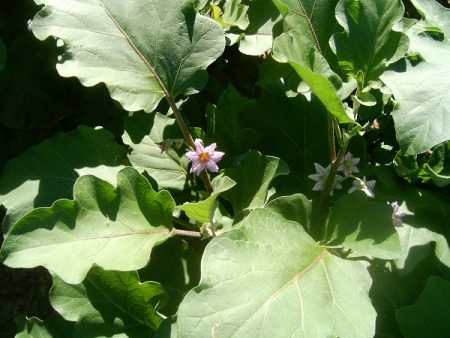 To prevent the absence of an ovary, simple but effective agricultural techniques will help:
To prevent the absence of an ovary, simple but effective agricultural techniques will help:
- so that eggplants do not suffer from sudden changes in weather conditions, grow them in a greenhouse. Under the covered ground it is easier to monitor the temperature and moisture, which is an influential factor in the formation of the ovary;
- in the autumn, after harvesting, dig the soil and apply phosphorus and potassium fertilizing;
- do not wait until there is no ovary, take care of regular watering of eggplant;
- when setting buds, spray with ash infusion or a solution based on boric acid.
Wood ash infusion is an excellent nutritional supplement for eggplant. For cooking, you need 200 grams (glass) of crushed ash and water. Take a two-liter pan, pour a liter of water, bring to a boil and pour the ash, boil for 20 minutes. Leave to insist for a day. After that, dissolve the resulting ash mixture in a bucket of water.
Advice
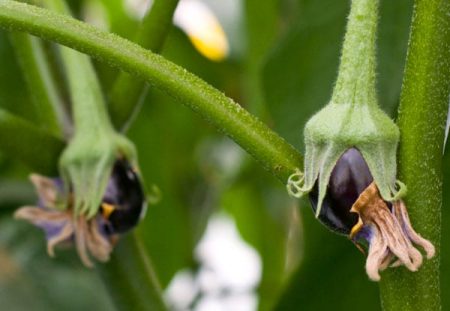 Experienced gardeners recommend:
Experienced gardeners recommend:
- Spray eggplant with growth stimulants. They will not only accelerate the development, increase the resistance of plants, but also contribute to the abundant fruit setting.
- Plant varieties of eggplant, zoned for a particular area:
- for regions with an unstable and cool climate, it is recommended to plant the Almaz variety. It refers to mid-season and fruitful, not whimsical in care. Even a beginner will cope with its cultivation;
- in central Russia agronomists advise to plant “Banana” eggplant. Its average yield is, but it is ideal for growing in the region;
- gardeners in the South give preference to growing Epic F1 hybrid varieties
There are a large number of regionalized varieties, so you should not be limited to the proposed types of vegetables.
The success of a rich eggplant harvest depends on the amount of ovary. Do not ignore the appearance of the barren flower, because this can lead not only to a decrease in productivity, but also to its complete absence.

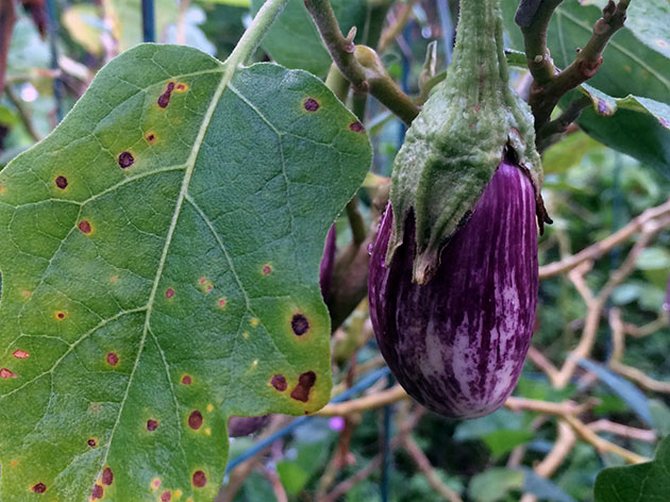
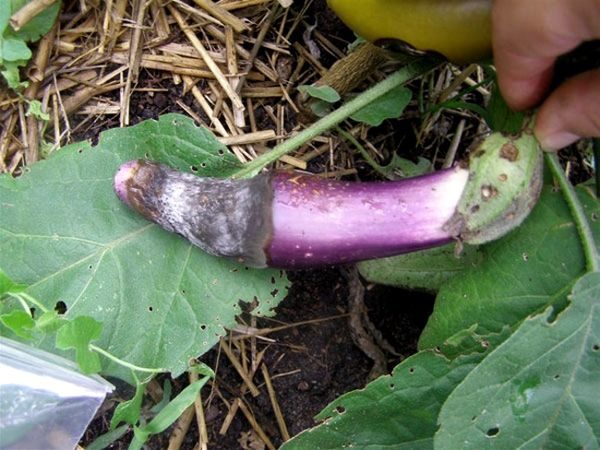
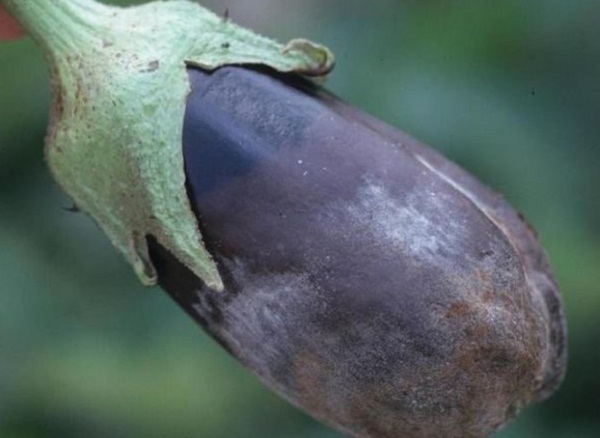
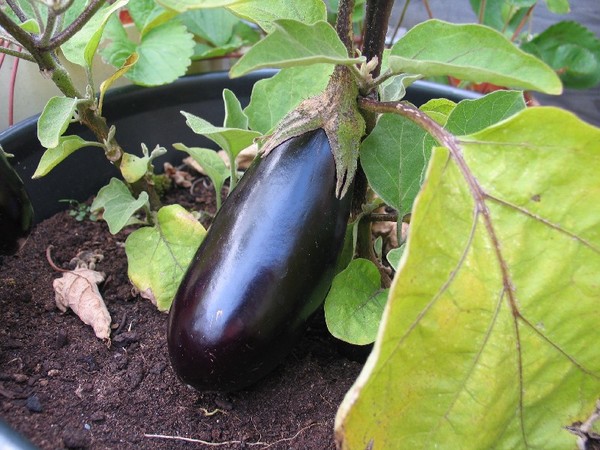 Why and what to do if the leaves turn yellow and wilt in the eggplant
Why and what to do if the leaves turn yellow and wilt in the eggplant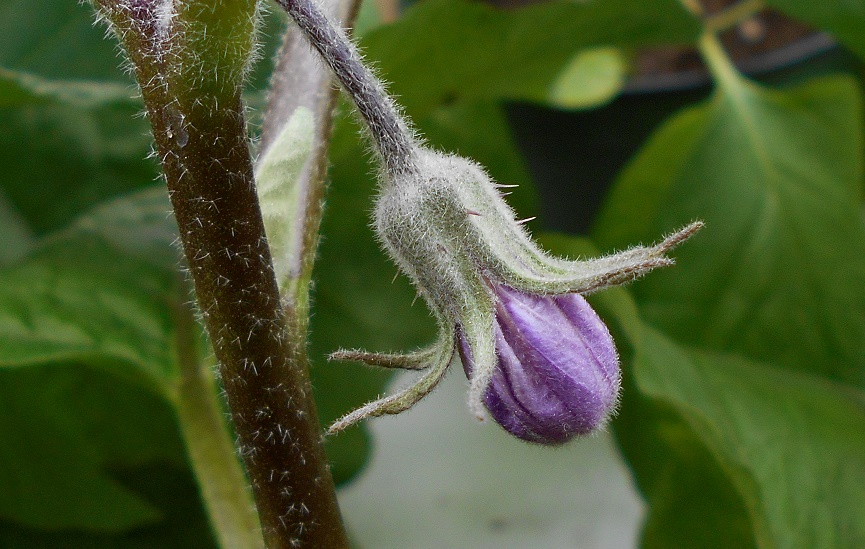 How to help eggplant so that the flowers in the greenhouse do not fall off?
How to help eggplant so that the flowers in the greenhouse do not fall off?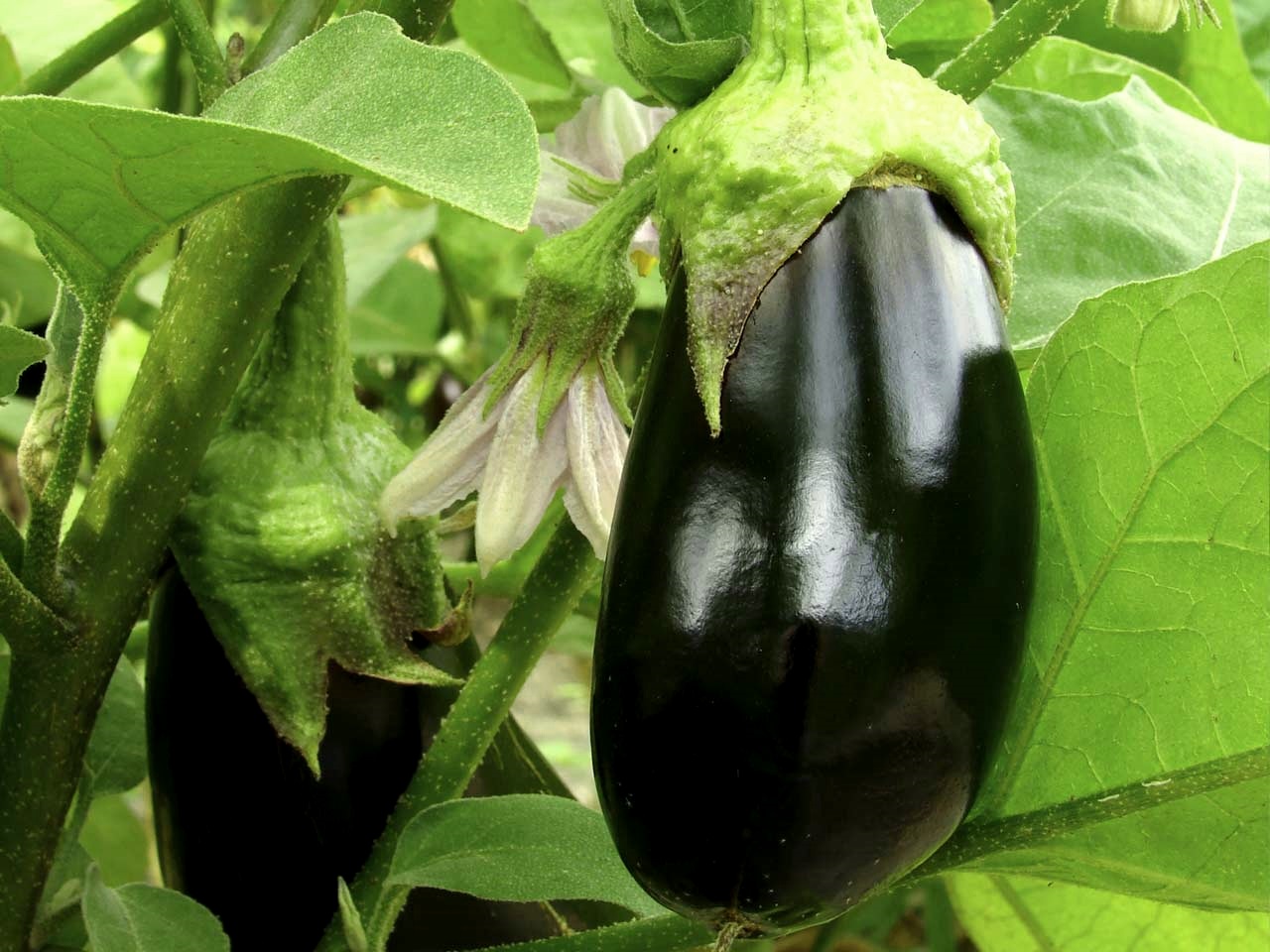 What to do to get a good eggplant crop in a greenhouse
What to do to get a good eggplant crop in a greenhouse